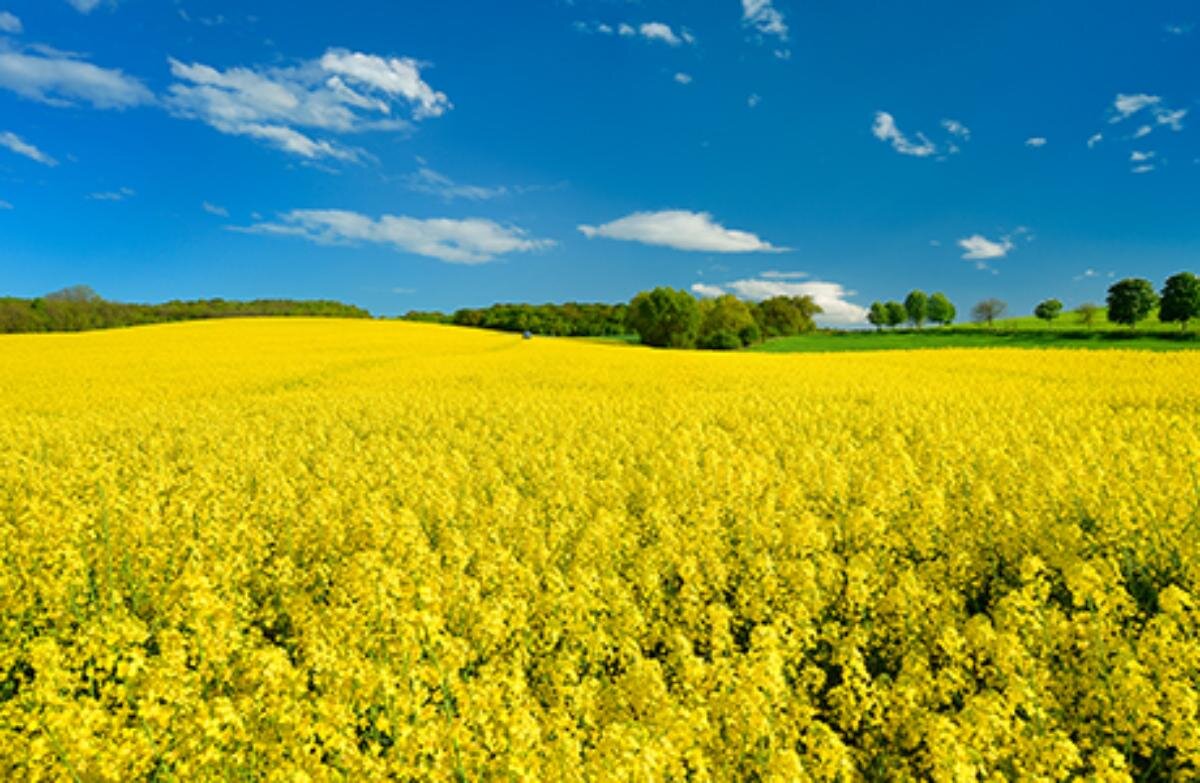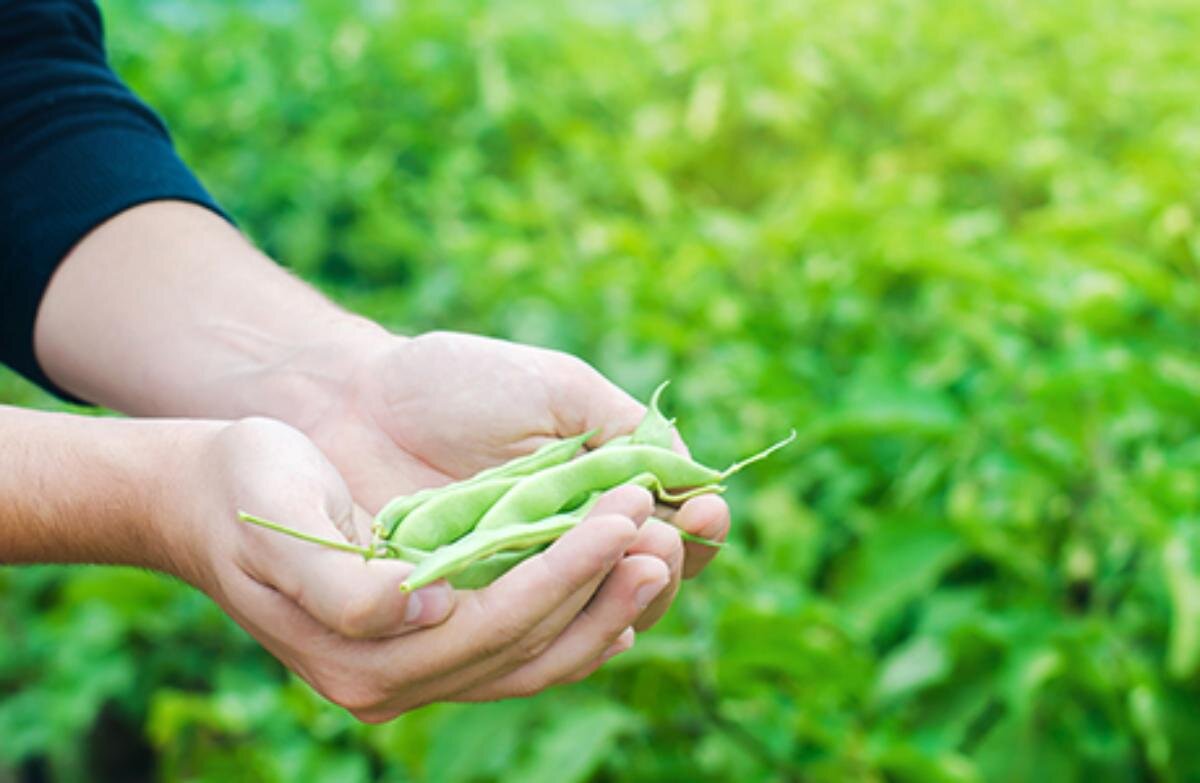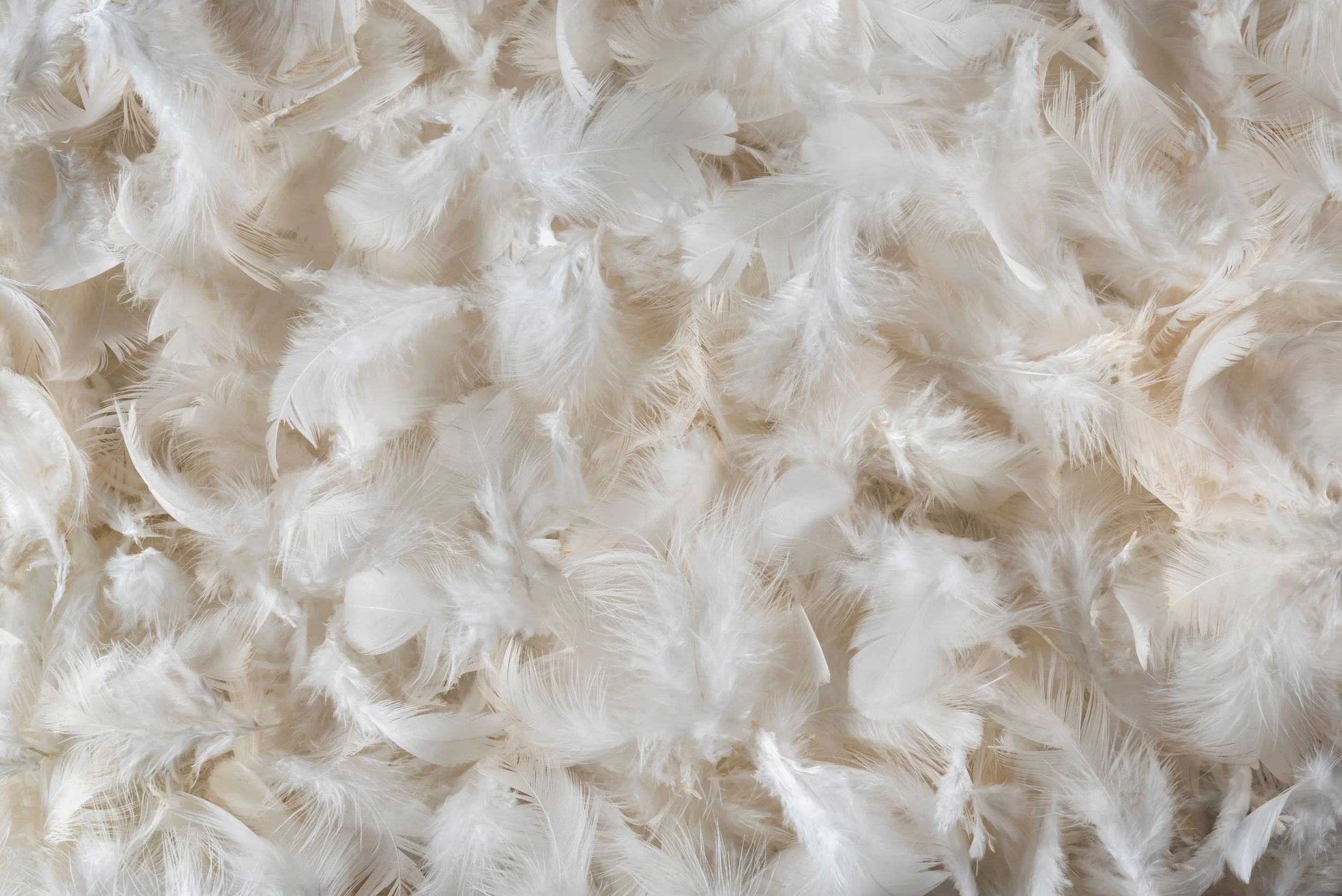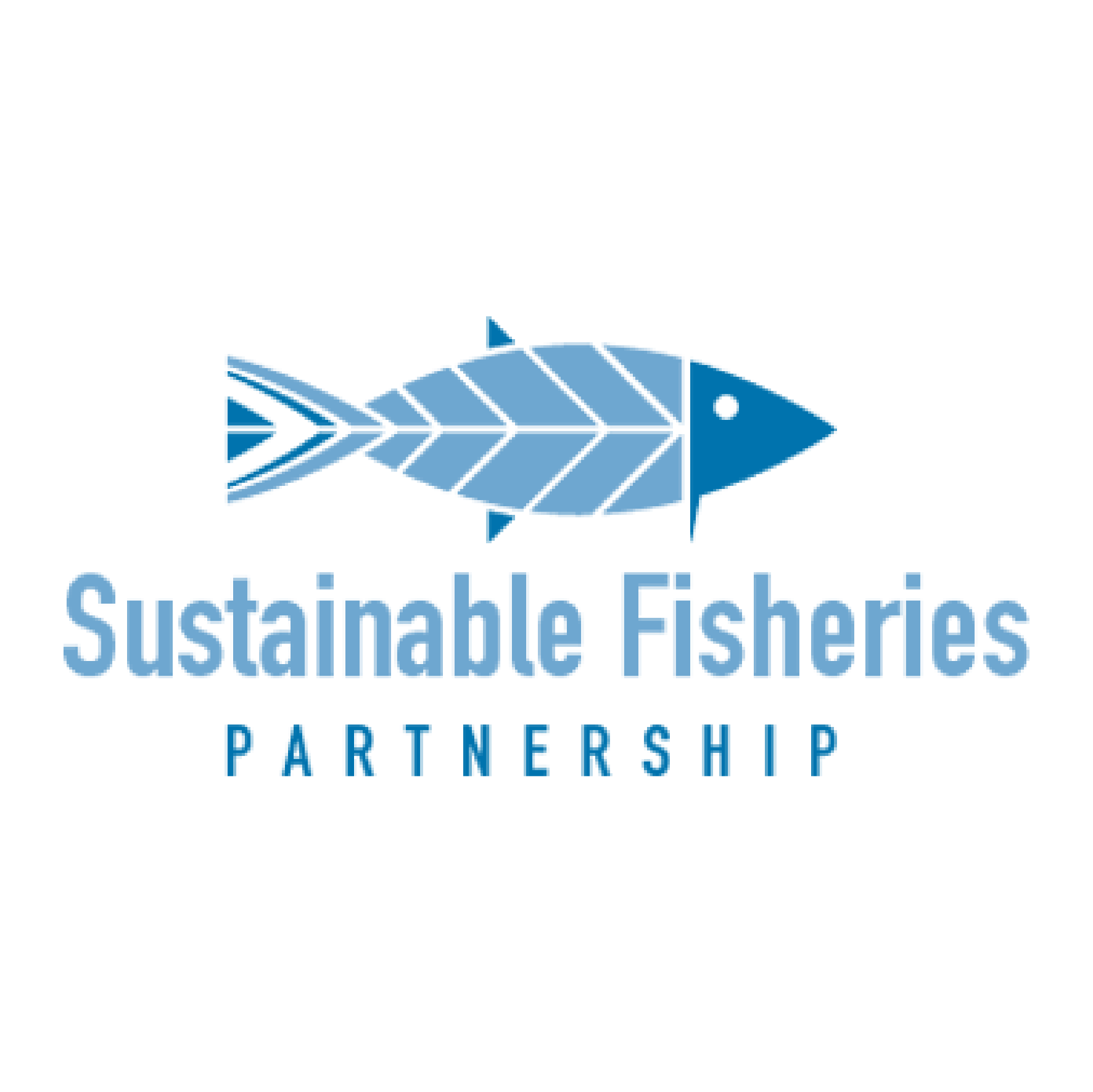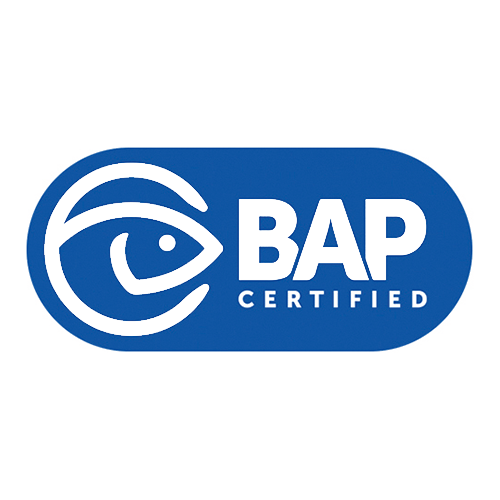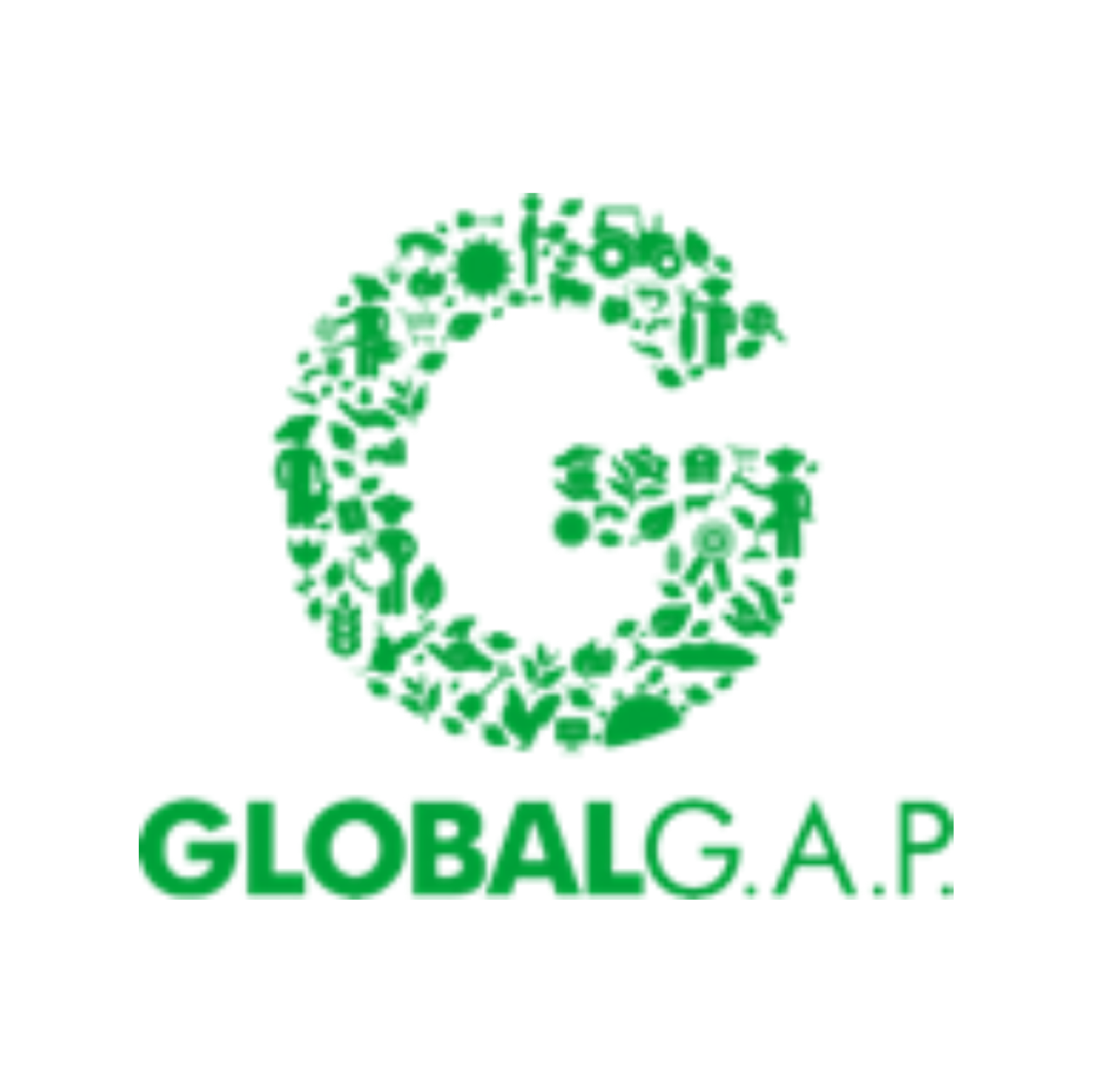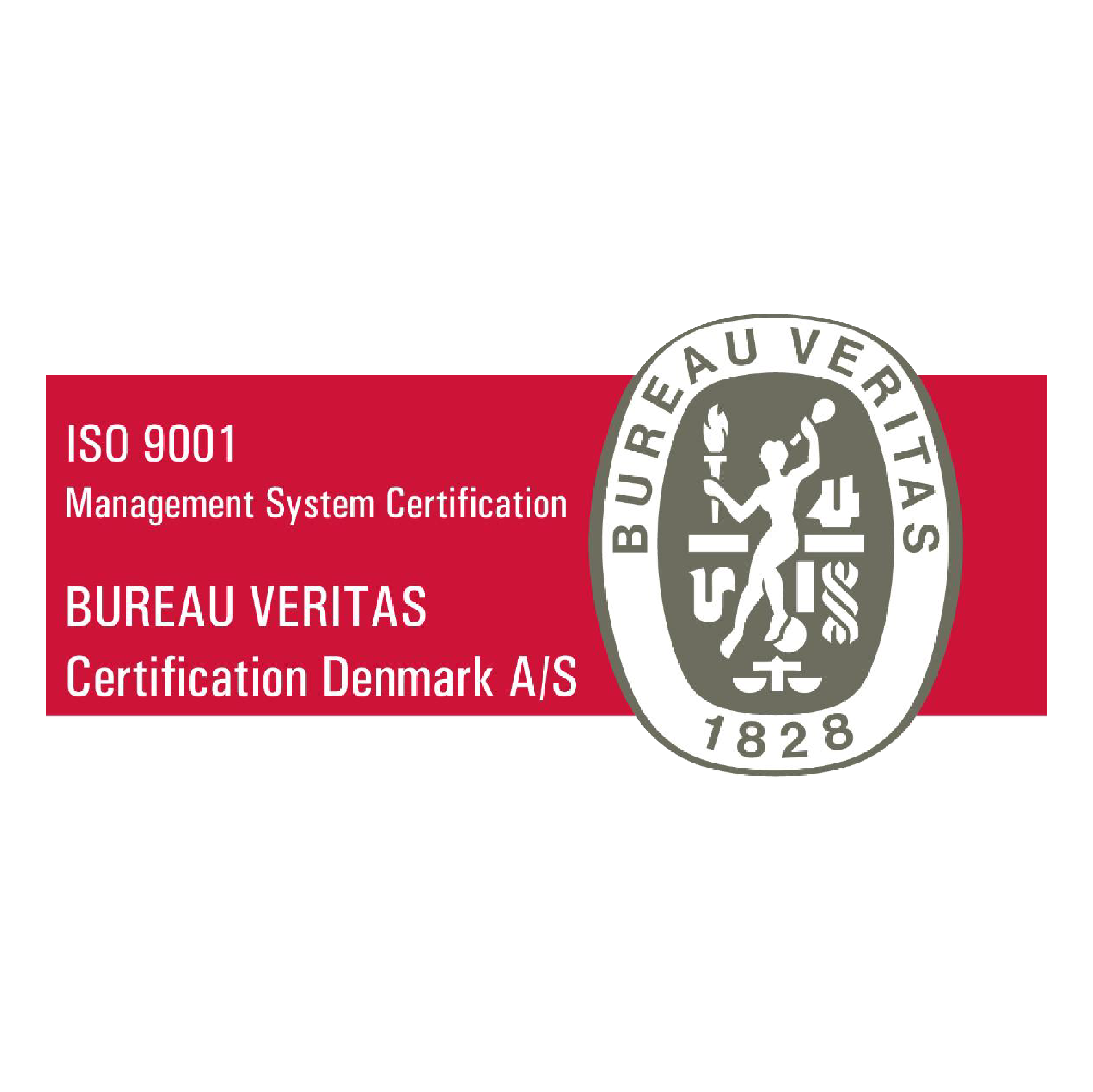Feed Ingredients
Blue Impact feeds start with wholesome raw materials like fish, beans, and wheat. We formulate our feed recipes according to the staples of fish nutrition, blending protein, lipids, and starch for the perfect mix.
Soy Protein
Soybeans provide high quality protein and oils to the aquafeed industry.
-
Certified non-GMO and deforestation/conversion-free.
Soybeans are naturally protein-rich due to a symbiotic relationship with rhizobia bacteria that pulls nitrogen from the atmosphere.
Vegetable oil
Vegetable oil is used to balance the omega-6 to omega-3 ratio as a versatile energy source.
-
Rapeseed, canola, and linseed oils provide the majority of the energy lipids in marine finfish globally.
Known as "oilseeds," these crops can also be used to produce biofuels, confectionary, and textiles.
Legume Protein & Starch
Legumes contain high-quality protein and binders to improve the technical quality of the pellet.
-
Legumes are nitrogen fixing crops that require minimal fertilizer inputs.
Cultivated for at least 7000 years and grown in many parts of the world for both human consumption and stock feed.
Marine Protein
Marine protein is the most complete and highly digestible protein in finfish nutrition.
-
Mostly small pelagic species with high oil content.
100% certified or improving according to MSC, MarinTrust, or Fishery Improvement Projects.
Increasing utilization of circular fishery by-products (fillet trimmings).
Marine Oil
Marine oils contain the essential and heart healthy omega-3 fatty acids EPA, DHA, & DPA.
-
Fish oil consumption dates back to Viking times in Northern Europe and was an important source of vitamin D.
Marine oil is sourced from sustainable fisheries with an increasing percentage of by-products, such as filet trimmings.
Wheat Protein & Starch
Wheat is primarily used as a binder to improve technical pellet quality.
-
The protein fraction of wheat is highly digestible and well-suited for aquafeeds.
Wheat has one of the lowest carbon footprints of any agricultural crop.
Guar Protein
The protein fraction of the guar bean is an excellent ingredient with its high digestibility.
-
Guar (Cyamopsis tetragomoloba) is a nitrogen-fixing legume tolerant to drought and high temperatures.
Guar is mainly a rain-fed crop that requires minimal fertilizer inputs.
Microalgae
Microalgae is a highly sustainable ingredient that helps to reduce dependency on wild fish stocks.
-
AlgaPrime DHA™ is produced by cultivating the microalgae Schizochytrium sp., a primary producer of marine omega-3.
The fermentation feedstock is deforestation-free and non-GM sugarcane.
The AlgaPrime™ DHA production process has a low carbon, water, and land use impact.
Potato Protein & Starch
Potatoes contain a rich variety of amino acids (protein) and starch that improves pellet quality.
-
Potatoes were first cultivated by the ancestors of the Incan Empire more than 5000 years ago.
Potatoes have been grown in New Zealand for generations, including traditional Māori varieties such as Karuparerā, Huakaroro, Raupī, Moemoe, and Tūtae-kurī.
Circular Animal By-products
Circular animal by-products are highly nutritious sources of protein and lipids in fish nutrition.
-
Sourced from poultry off cuts, similar to fish trimmings.
Recycling these nutrients back into food production helps combat food waste.
Certifications
Why is this a good feed composition?
Marine finfish prefer nutrient-dense diets containing high-quality protein and oils and minimal carbohydrates. Like humans, fish require vitamins, minerals, and long-chain omega-3 fatty acids, including EPA & DHA.
To lessen the impact on wild fish stocks, BioMar sources these nutrients primarily from vegetable sources, including canola, peas, beans, wheat, and sunflowers. They also incorporate a small amount of marine ingredients to enhance the taste of the fish feed and complement the nutritional completeness of the recipe.
Hungry for more? Take a deep dive into BioMar’s Sustainability Report.
BioMar Australia
BioMar is a world leader in high performance diets for more than 45 different fish and shrimp species in more than 80 countries. BioMar’s main focus is supporting their customers delivering healthy, great tasting seafood. They do this by innovating efficient, safe and nutritious feed for aquaculture with minimal environmental impact.

